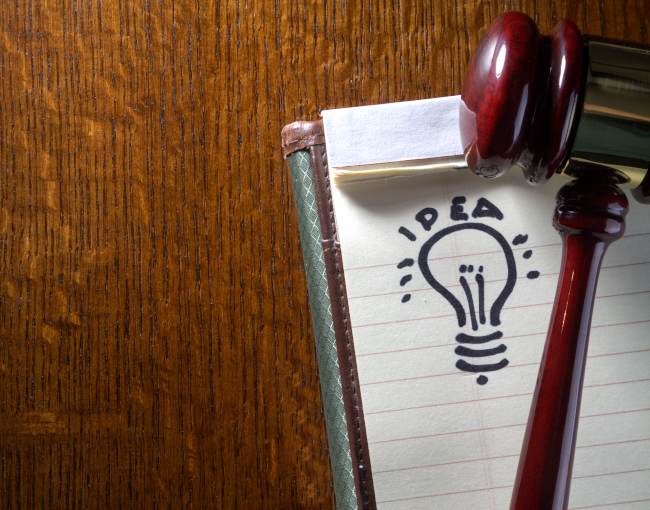Home > Insights > Publications > USPTO official filing receipts erroneously omit foreign filing licenses
Check those United States Patent and Trademark Office (USPTO) filing receipts. You filed a patent application and received your official filing receipt from the USPTO. Check. You see that inventor names are correct. Check. The Applicant name and address are correct. Check. The priority information, customer number, and entity status are correct. Check, check, check. But does the filing receipt indicate that the foreign filing license has been granted?
Attorneys at Thompson Coburn recently noticed that official filing receipts for newly filed patent applications were being issued by the USPTO without an indication that the foreign filing license (FFL) had been granted. When contacted, the USPTO provided this response: "Office is aware of the issue and is currently in process of resolving issue with foreign filing license."
So, what exactly is an FFL and why might you need it? An FFL is a license granted by the USPTO that permits a patent applicant to file a patent application in a foreign country for an invention made in the United States. The policy behind requiring applicants to obtain an FFL is to prevent the exportation of information that could possibly affect national security.
There are two situations in which an FFL is required. First, an FFL is required when no application on the invention has been filed in the United States; that is, the applicant would like to obtain the initial patent on the United States-made invention in another country. The second situation in which a patent applicant must obtain an FFL is when the applicant has filed a United States application less than six (6) months prior to the date they select to file an application abroad. An FFL can be obtained in three ways:
- The first way to obtain an FFL is to file a petition. A petition may be sought when there is no corresponding United States application. A petition may also be sought when less than six months have passed from submitting a corresponding United States application.
- The second way to obtain an FFL is to wait six months after filing a United States application. Every U.S. origin application filed is considered to include an implicit petition for an FFL.
- The third way to obtain an FFL is retroactively. A petition for a retroactive filing license may be filed if an unlicensed foreign filing has occurred through error.
Failure to obtain an FFL before submitting an application in a foreign country on a United States-made invention can result in a USPTO refusal to issue the corresponding United States patent application, or if a patent has already issued it may be invalidated.
If an application filing receipt does not indicate that an FFL has been granted, and an FFL is needed before waiting six months or the applicant just wants the FFL indicated on their filing receipt, an applicant may file a request for an updated filing receipt indicating that the FFL was not provided on the original filing receipt. If the application may involve subject matter of national security interest, applicants can check the transaction information in Patent Center to see if the reason for not receiving an FFL is due to a security review, as discussed here.
Wil Holtz and Sylvia Wilson are members of Thompson Coburn’s Intellectual Property practice group.

